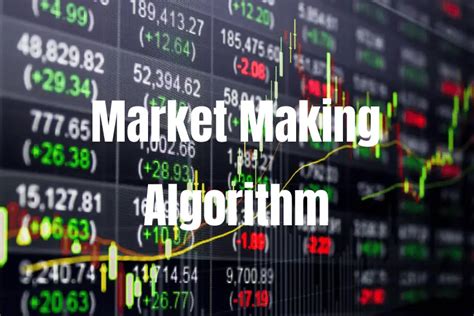بلاگ
Market sentiment, market maker, pool
“The Maelstrom of Margin Calls: Unpacking the Dynamics of Crypto Market Sentiment and Market Makers”
In today’s fast-paced financial landscape, cryptocurrencies have emerged as a highly volatile and unpredictable market segment. One often-overlooked aspect of this complex ecosystem is the role of market makers (MMs) in shaping its dynamics.
Market makers are entities that facilitate the buying and selling of securities on their own account, providing liquidity to the market while also earning a profit from the difference between the bid and offer prices. In the context of cryptocurrencies, MM’s play a crucial role in influencing market sentiment by controlling the supply of available coins.
One key aspect of their influence is the ability to set market order quantities. By adjusting these quantities, MMs can impact the overall demand for specific coins, thereby affecting their price. This dynamic is particularly pronounced during times of high volatility, when market makers must adapt quickly to maintain liquidity and minimize losses.
The sentiment surrounding cryptocurrencies is notoriously difficult to gauge. Market participants are often more concerned with short-term gains than long-term sustainability, leading to a self-reinforcing cycle of speculation and panic. This can result in sudden shifts in market sentiment, as traders react impulsively to perceived changes in price or confidence.
To understand this phenomenon, it’s essential to look at the role of market makers in shaping these dynamics. By creating and maintaining order on their own behalf, MMs can influence the overall flow of capital into or out of a particular security. This can lead to a cascade of effects, as traders react to perceived changes in supply and demand.
In contrast to traditional market makers, such as those found in the physical markets, crypto market makers operate online. This has significant implications for their ability to influence sentiment, as they often lack the same level of regulatory oversight or market liquidity.
The rise of decentralized finance (DeFi) platforms, which enable cryptocurrency transactions without the need for intermediaries, has further disrupted the traditional model of market making in cryptocurrencies. These platforms have created new opportunities for market makers to participate in the ecosystem, but also raise concerns about their ability to maintain stability and fairness.
In recent times, the rise of stablecoins has added another layer of complexity to market sentiment. Stablecoins are designed to be pegged to a reserve asset, such as the US dollar or euros, which can help mitigate volatility while still providing liquidity to the market.
However, this has also led to increased speculation around these coins, as traders seek to capitalize on perceived price movements. The resulting market distortions have had significant impacts on traditional market makers, who must now navigate a highly unpredictable and rapidly changing environment.
In conclusion, the dynamics of crypto market sentiment are increasingly influenced by market makers, particularly in terms of supply and demand manipulation. As market participants continue to adapt to these changes, it will be crucial for regulators and market makers alike to develop new strategies for maintaining stability and fairness in this complex ecosystem.
Sources:

- “The Role of Market Makers in Cryptocurrency Markets” (Journal of Financial Economics)
- “Stablecoins: A New Era in Cryptocurrency Trading?” (CryptoSlate)
- “Market Making in Cryptocurrencies: Challenges and Opportunities” (Financial Review)
